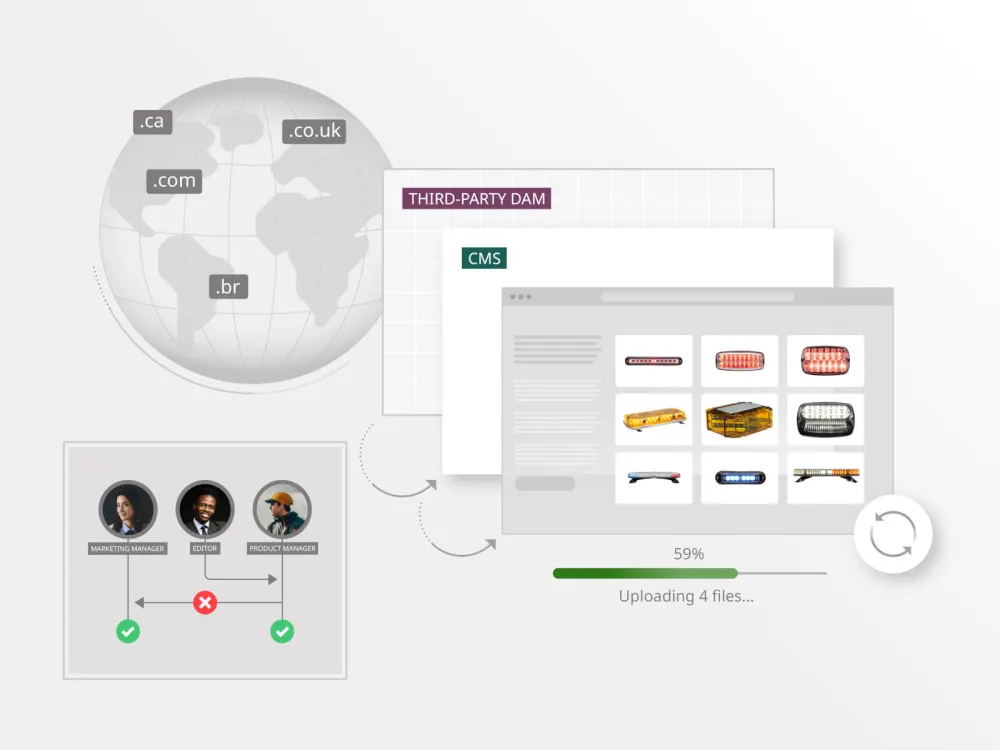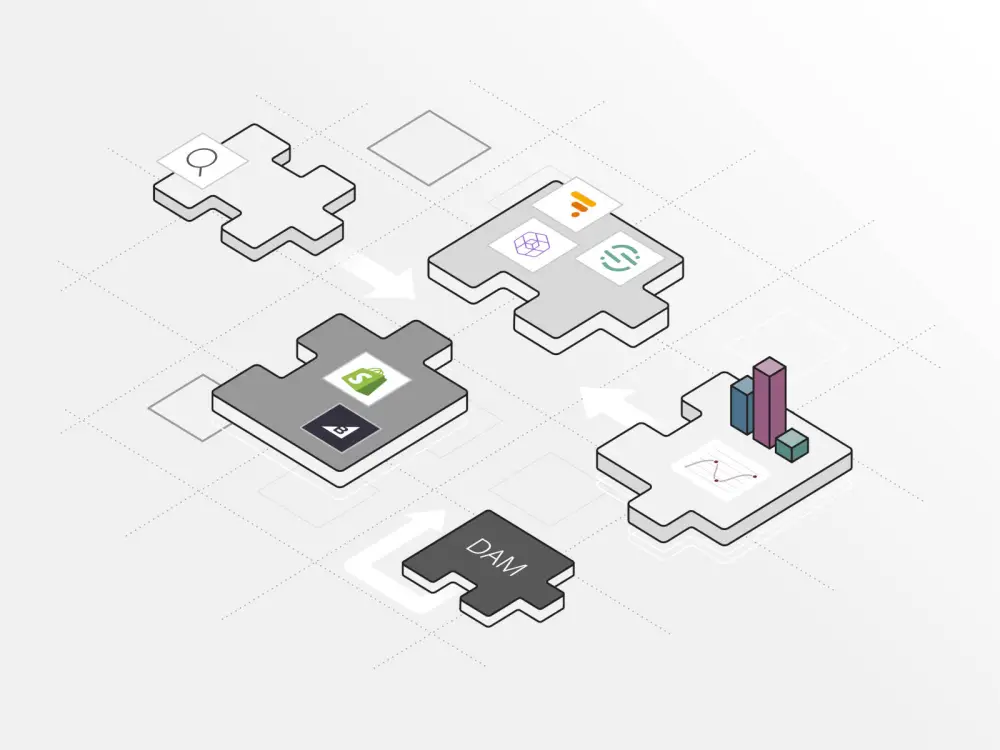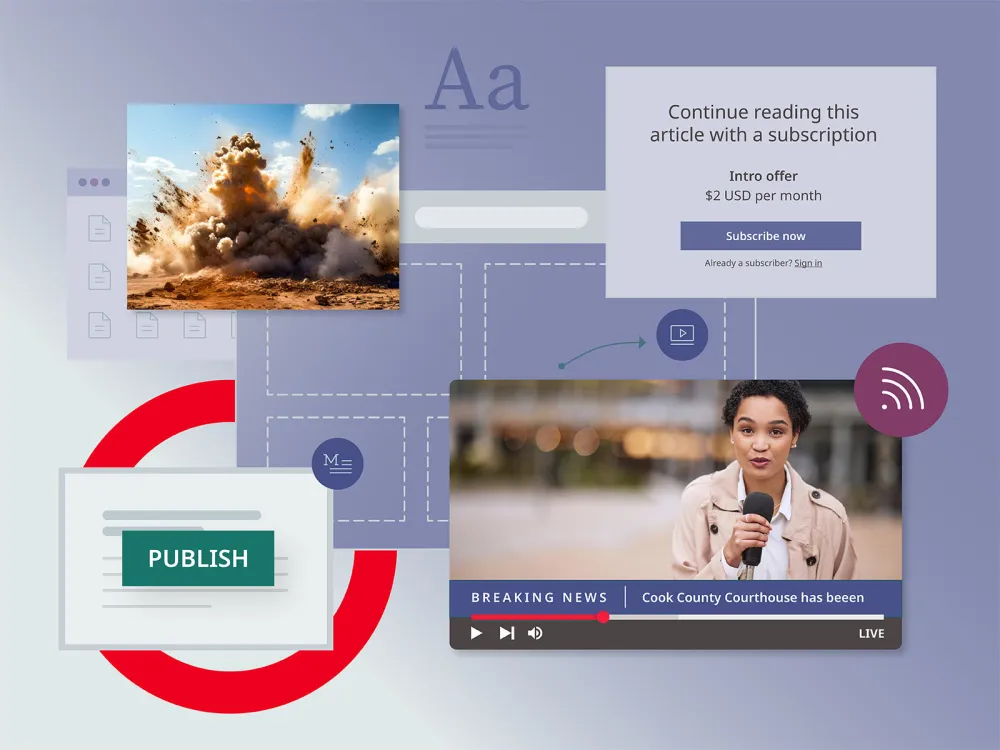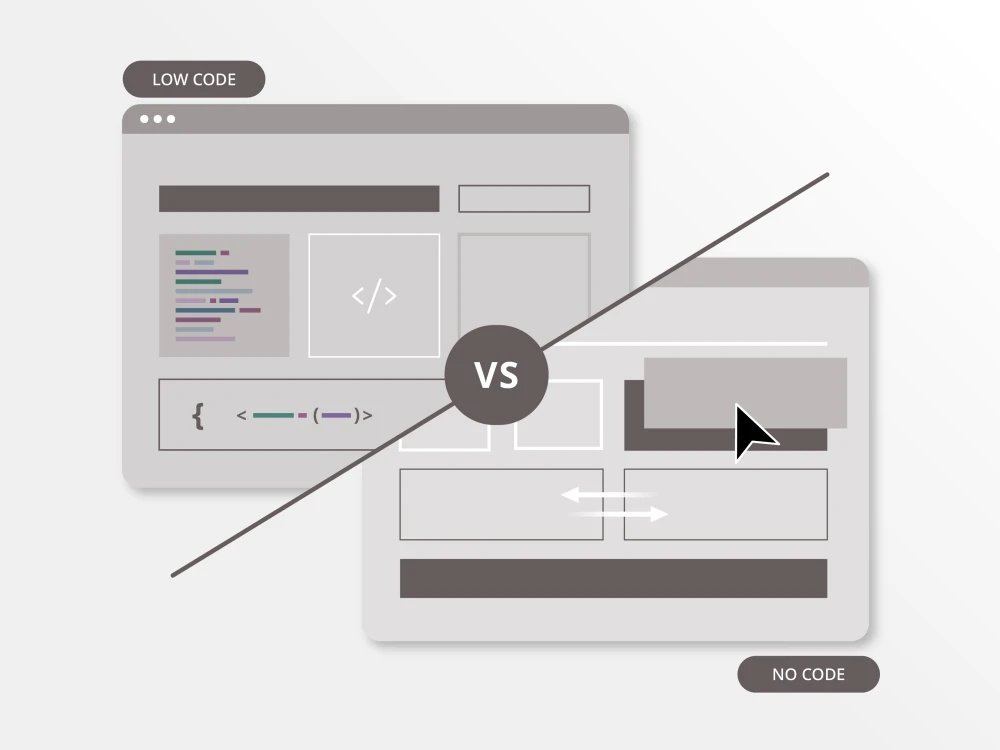Drupal is a popular content management software that boasts a large and engaged community of over one million developers, designers and other contributors. It is a free, open-source offering that conveys many benefits to companies and individuals seeking a widely-adopted CMS solution.
However, free and accessible does not automatically translate to cost-effective. Drupal is founded upon a developer-centric ecosystem that, like other open-source CMS software such as WordPress, delivers quantity by way of choice but not necessarily quality.
Drupal CMS users can currently choose from some 3,000 themes and 50,000 modules to extend Drupal’s core CMS functionality. However, developer support is likely required should you want to customize or modify to your own organization’s unique needs.
Likewise, the latest version of Drupal CMS can be downloaded instantly at no cost, but hosting and managed services come at a cost through Drupal’s network of marketplace partners.
Meaning? Small and mid-sized companies—even enterprise organizations—need to budget for the expense of finding and working with a partner without guarantee of success or understanding of the true costs required to launch and run a successful digital experience.
In use by government agencies, nonprofit organizations and large media organizations throughout the world, clearly Drupal CMS is a viable option among the many thousand of CMS options available. But let’s take a look here at what sets Brightspot CMS apart from Drupal when it comes to choosing the right CMS for your organization.
Brightspot vs. Drupal: Drupal’s developer-centric framework offers the promise of flexibility—at a cost
Open-source and developer-centric, Drupal is a PHP-only platform.
PHP is a web-programming language that was made to code the back end for websites. Like Java and C#, it’s a relatively straightforward language to learn and use, making it a popular language to use for CMS development.
However, one significant drawback to PHP is the need for developer support when making CMS modifications or customizing workflows through the interface. In contrast, Brightspot CMS’s extensible architecture is built to handle changing data models without the need to re-architect from the ground up every time something changes.
For example, Brightspot enables developers to model content types with Java classes. With Java, a data model can be altered by modifying the Java classes that define it, without regard to database schema or other configurations.
On the CMS user end, Brightspot’s editorial user interface is automatically derived from the underlying Java classes that describe the content objects. The result? Changes made to the data model can be immediately reflected in the CMS publishing experience, translating to cost savings across the board as both your development and editorial teams are able to iterate and deliver at speed.
Drupal’s degree of inflexibility is also evidenced by its libraries of themes and integrations.
While Drupal offers theming capabilities—unlike Contentstack, say—these themes are code libraries. An organization’s developers still have to bring in the themes and implement them within their respective internal development stacks. And, having been put into the Drupal ecosystem by a diverse group of developers, any one of these themes can carry their own performance, accessibility as well as security concerns—a risk, not to mention a burden on overhead as well as future scalability.
Likewise, Drupal has no concept of built-in integrations that developers can pull into their development stacks. Within this framework, there is no way to easily customize or get strong support for individual integrations. This approach is obviously a non-starter for large enterprise organizations with sophisticated, multisite CMS needs that need to remain agile and steps ahead of the competition.
Brightspot CMS is built with this need for extensibility, speed and future-proofing in mind.
For example, Brightspot’s hybrid-headless flexibility means you can have one site be headless and another site coupled, and maintain maximum flexibility across an entire organization—with the ability to change from coupled to headless and vice versa as future business needs dictate.
Brightspot vs Drupal: Drupal’s out-of-the-box CMS tools provide flat-pack simplicity versus Brightspot CMS’s multi-facted publishing capabilities
Drupal’s out-of-the-box CMS offering is very basic and offers limited publishing and workflow flexibility. It works for midsize organizations who don’t have complex teams or workflows with sophisticated business needs, but presents challenges for companies looking to scale and future-proof for what lies ahead.
Want to change or customize an existing module within Drupal? You’ll need a developer for that. Need to implement a new workflow solution to enable consistent content output? Call in your development team again.
This represents a 180-degree contrast to how Brightspot CMS is set up. Imagine instead an enterprise-grade publishing UI that’s fully customizable to include dedicated workflows, permissions, content types and templates configurable by team, role or at the individual user level.
With decades of experience in media and publishing specifically, Brightspot CMS has been developed by content publishers with other content creators in mind. Robust rich-text editing capabilities include a full suite of authoring and collaboration features, SEO tools and live preview functionality to ensure editors have a complete view before publishing.
As testament to Brightspot’s suite of publishing capabilities, Brightspot CMS is trusted and used by some of the world’s largest organizations on the planet, including newsrooms for some of the world’s most recognized media brands like the Los Angeles Times, Univision and U.S. News & World Report.
Brightspot vs. Drupal: Drupal’s open-source codebase and community creates product fragmentation and lack of business accountability
Drupal originated as an open-source project in 2001 and has grown to become one of the most widely adopted CMSs on the planet.
As discussed, Drupal software is powered by a community of developers and network of agency partners able to help build and deploy Drupal’s core CMS offering. It is not a company, of course, and so lacks the notion of centralized management or unified business strategy.
On the business side, the obvious difference here between Brightspot and Drupal is that Brightspot customers can rely on 24/7 managed services and hosting support from within the same organization that builds and develops the Brightspot CMS platform.
When it comes to hosting your Drupal-powered site, that will entail the support of a hosting team or an entirely separate agreement with a service like AWS and then an internal team to manage and monitor that infrastructure. At Brightspot, we do all of that for you.
Futhermore, Brightspot’s managed-services advantages include teams who proactively monitor, manage and update security protocols, a significant point of difference between proprietary software like Brightspot and vulnerabilities implicit in an open-source codebase like Drupal.
Additional benefits for Brightspot customers extend to full visibility into the decisions driving the Brightspot CMS product road map, either directly as a customer or through the lens of a partner working via Brightpsot’s Partner Program.
With this visibility and insight, Brightspot customers have a voice to influence product direction as well as the continuity and trust of stable and dedicated leadership, product and delivery teams.
In conclusion: Develop and deliver faster with Brightspot CMS
Drupal is the original open-source CMS platform, but organizations are recognizing the limitations—and hidden costs, in terms of both dollars and time—of leaning into a developer-centric, community-led approach to drive digital transformation.
Organizations who license Drupal and don’t have PHP-fluent development teams on hand need to work with third-party agencies—"solutions providers"—to deliver any Drupal dev work. (A simple Google search returns over 15 million results for ‘Drupal solutions provider’.) Now add in costs for incremental dev work and the time to get it done, and you can understand the drawbacks that organizations face when choosing between a legacy open-source CMS solution like Drupal and modern CMS platforms like Brightspot.
Starting with Brightspot, an organization can be up and running within days (or following a 30-day free trial to evaluate the product). Compare this to setting up with Drupal, for which an organization will need a whole team or the support of an external agency—adding hundreds of thousands of dollars of expense overhead and tying up a dev team doing work that comes out of the box with Brightspot.











